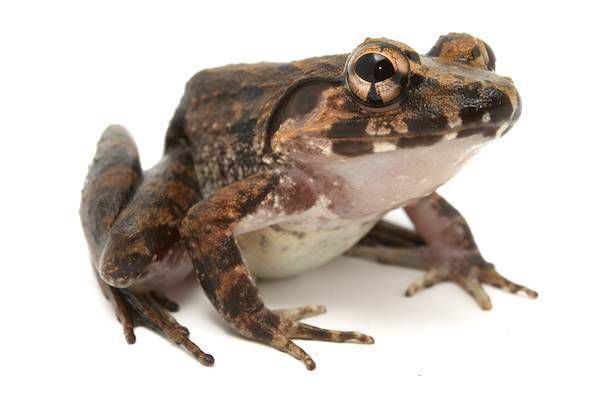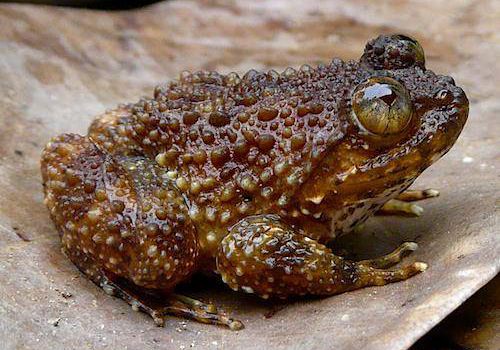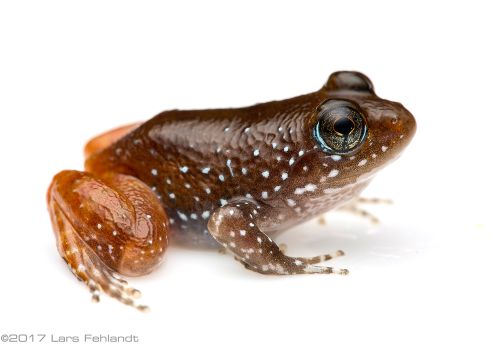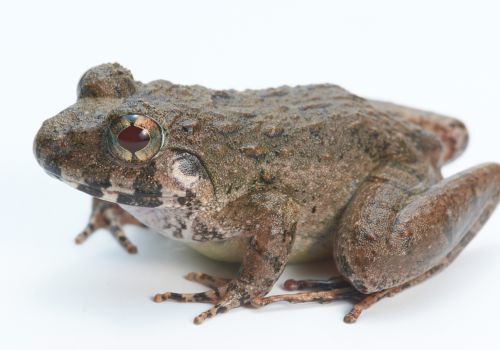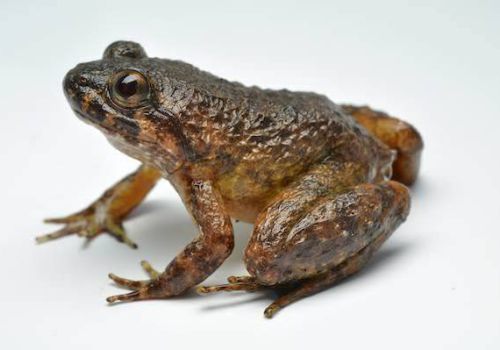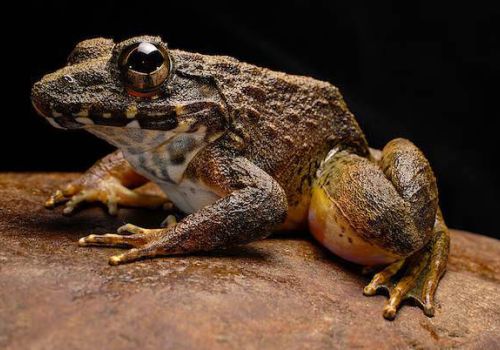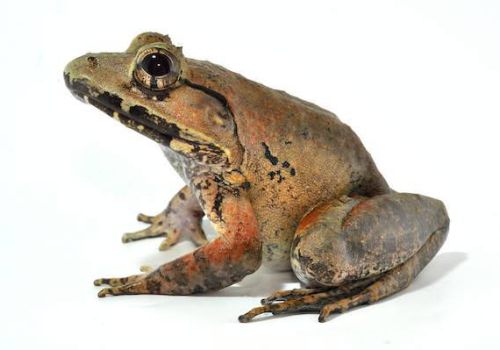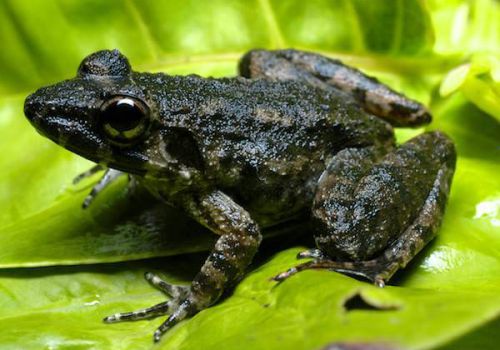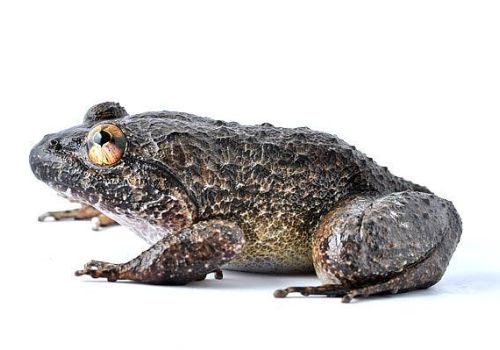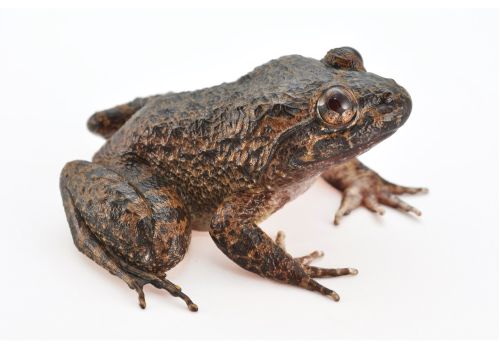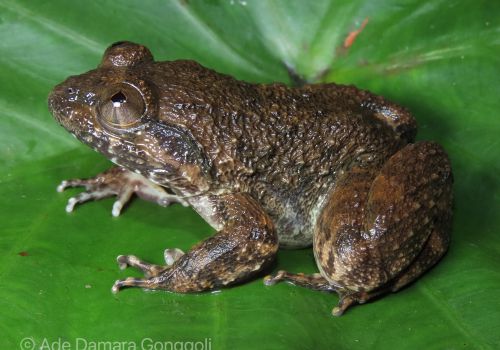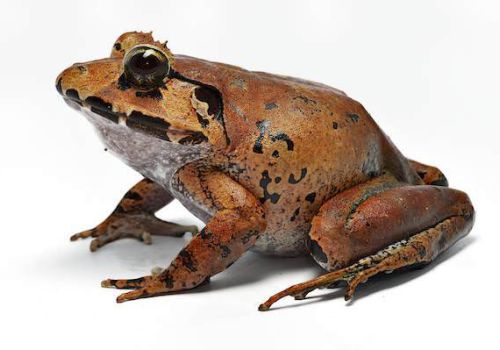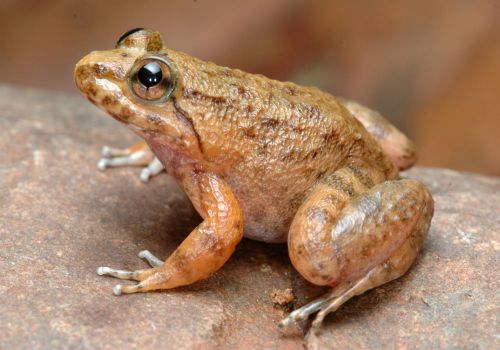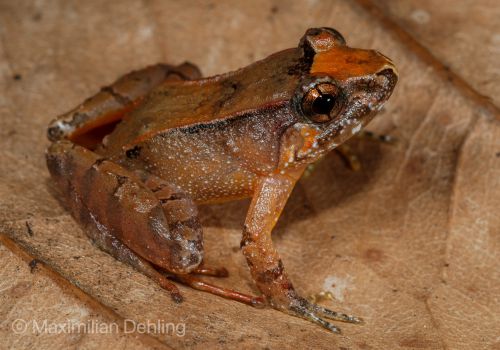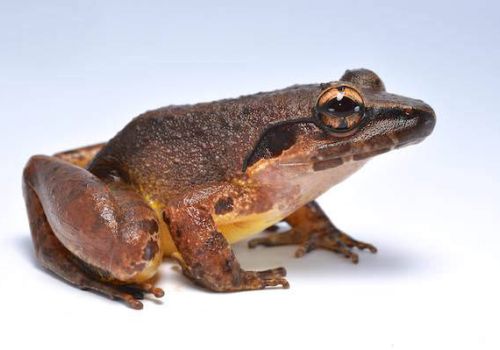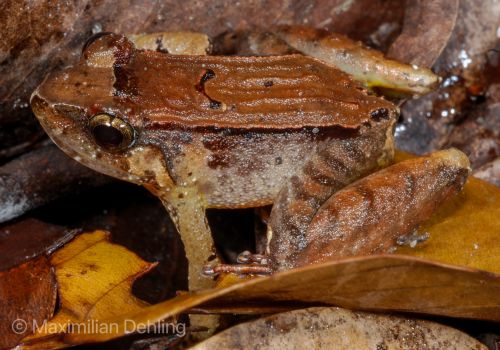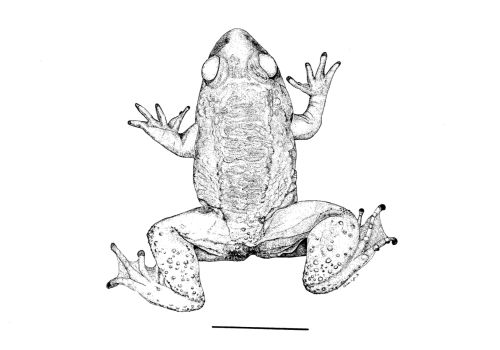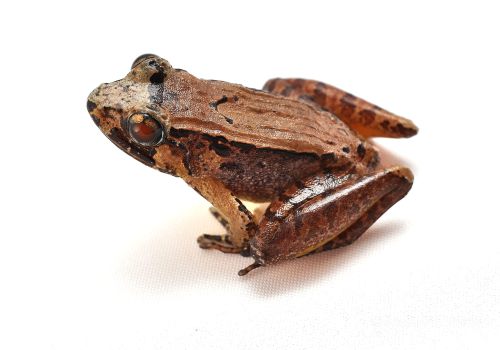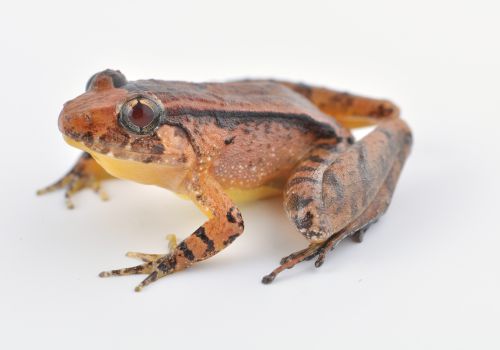
Frogs of Borneo

Frogs of Borneo

Frogs of Borneo

Frogs of Borneo

Frogs of Borneo

Frogs of Borneo

Frogs of Borneo

Frogs of Borneo

Frogs of Borneo

Frogs of Borneo

Frogs of Borneo
Bornean Families
Genus: Limnonectes
- abanghamidi
- asperatus
- barioensis
- batulawensis
- cintalubang
- conspicillatus
- finchi
- gunungensis
- gyrinophorus
- hikidai
- ibanorum
- ingeri
- kenepaiensis
- kinabaluensis
- kong
- lambirensis
- lanjakensis
- leporinus
- maanyanorum
- malesianus
- meratusensis
- mocquardi
- nephophilus
- nusantara
- oreibates
- paginatanensis
- paramacrodon
- paulyambuni
- penerisanensis
- phylax
- rhacodus
- sarawakensis
- separatus
- sinuatodorsalis
- suboliferus
- tawauensis
Limnonectes
Fanged Frogs
Many Fanged Frogs bear tooth-like (odontoid) processes on their lower jaws, particularly prominent in males. The genus currently contains numerous species. It is well known that this is certainly not close to the true number of species. Many species await formal description. One particular issue with respect to Borneo is the so-called Limnonectes kuhlii group. For a long time scientists recognize L. kuhlii also on Borneo, however subsequent research particularly by Masafumi Matsui and his students, as well as David McLeod, to name just two, showed a much more nuanced picture with potentially one or two dozen species within what was once considered one species. This so-called kuhlii-group emerges as a challenge to frog taxonomy and systematics on Borneo. The most recent spotlight on the group was the contribution by Matsui et al. (2024) by defining several new species. This, however, may not be the last word in this long lasting puzzle. More studies are expected.
Also, notably a frog previously known as Limnonectes palavanensis (Palawan Guardian Frog) has been split into several distinct species by Dehling et al. (2025). In this palavanensis-species Group, L. palavanensis is now restricted to the Philippines, whereas the Bornean relatives have been given other names.
Species in the genus Limnonects have conquered major parts of Asia: China, Indochina, Sundas to Timor I. and New Guinea; also in southern Japan and the Philippines. Some of the species grow relatively large and not surprisingly have been and and still are harvested by local people or for export for human consumption.
